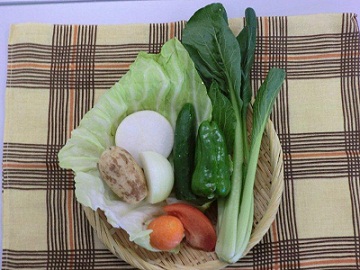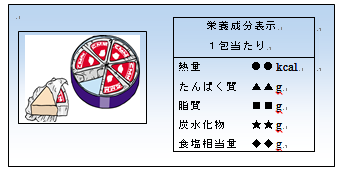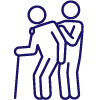- Yokohama-shi Top Page
- Nishi Ward Top Page
- Health, Medical and Welfare
- Health and Medical Care
- Health promotion
- Nutrition and dietary life
- How to take vegetables and how to reduce salt
Here's the text.
How to take vegetables and how to reduce salt
Last Updated December 23, 2021
Let's take plenty of vegetables.
Vegetable intake required per day is 350g.
- Dark green and yellow vegetables (spinach, komatsuna, peppers, pumpkins, tomatoes, etc.)
⇒ 120g per day
- Other vegetables (cabbage, Chinese cabbage, radish, cucumber, etc.)
⇒ 230g per day
The large nutrients contained in vegetables play an important role in the body.
It contains important ingredients such as lifestyle-related diseases prevention, vitamins, minerals, and dietary fiber that help prevent aging.

Eating 350g of vegetables a day
- 3 meals a day.
- Let's make a lot of soup such as soup as well as raw vegetables such as salads.
- Put vegetable dishes such as small bowls every meal and try to incorporate seasonal vegetables. In winter, you can get a lot of vegetables at a time when you make a pot.
Let's refrain from salt
Excess salt intake can cause high blood pressure. High blood pressure can cause stroke and myocardial infarction if left untreated.
Estimated salt is less than 7.5g for men per day and less than 6.5g for women.
(Japanese dietary intake standard 2020 version)
Measures to reduce salt well
- Make use of the taste of the ingredients
- Use flavored vegetables and spices
- I eat it without seasoning.
- It makes natural dashi and vinegar.
Let's also pay attention to the information on food packages.

The nutrition labeling shows the amount of energy, lipids, salt equivalent, etc. contained in the food. In addition, if the standard nutritional components (calcium, iron, vitamins, etc.) meet the standard, there are some indications such as "reduction of salt" or "plentiful XX".
Utilization of meal balance guides
If you are worried about your usual diet, such as "What to eat and how much to eat", please use the "Meal Balance Guide".
In June 2005, the Ministry of Health, Labour and Welfare and the Ministry of Agriculture, Forestry and Fisheries linked the dietary guidelines to specific actions, showing the desirable combinations and approximate amounts of meals. "What" and "how much" should be eaten are divided into staple foods, side dishes, main dishes, etc., and shown in illustrations.
For more information, please visit the following website.
About "meal balance guide" (Ministry of Agriculture, Forestry and Fisheries) (outside site)
Inquiries to this page
Nishi Ward Health and Welfare Division Health Promotion Section
Telephone: 045-320-8439
Telephone: 045-320-8439
Fax: 045-324-3703
Email address: ni-hukuho@city.yokohama.jp
Page ID: 712-941-225













